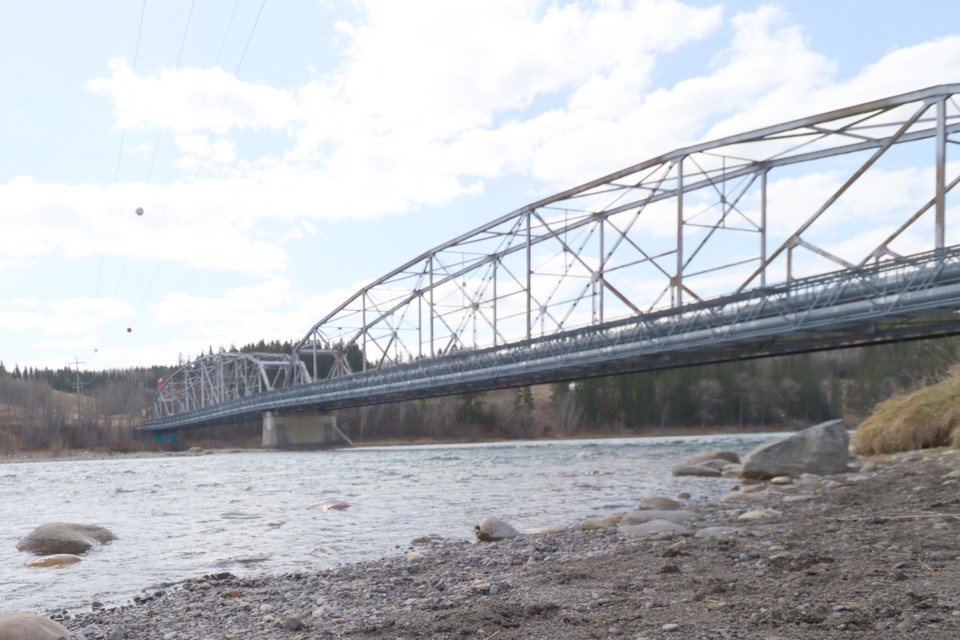Mayor and Council,
As you know, I have concerns and questions about the announced permanent closing of River Avenue bridge.
It is my understanding that this was a decision of Town Administration officials and not pursuant to a ToC council decision.
It is my further understanding that under Alberta’s Municipal Government Act (MGA), a town intending to permanently close a bridge within its jurisdiction must follow a structured legal process, as bridges are considered part of the municipal road network.
The following is from review a of the MGA:
Legal Authority and Process
According to Section 22 of the MGA, a municipality cannot close a road—including a bridge—without passing a bylaw. This bylaw must be advertised publicly and approved by the Minister of Transportation before it receives second reading. The process ensures transparency and allows for public input.
Procedural Requirements
- Drafting the Bylaw: The municipality must draft a bylaw that includes:
- The bylaw number.
- The name of the road authority (e.g., the town).
- The purpose of the closure (e.g., disposal, lease).
- A detailed description of the bridge or road segment to be closed.
- Public Advertisement: The proposed bylaw must be advertised in accordance with Section 606 of the MGA, typically in two consecutive issues of a local newspaper. The advertisement should include:
- The purpose of the closure.
- A description and sketch of the area affected.
- Details of the public hearing, including time and place.
- A deadline for written submissions objecting to the closure.
- Public Hearing: Before passing the bylaw, the council must hold a public hearing to allow individuals who may be affected by the closure to present their concerns.
- Ministerial Approval: For towns (municipalities that are not cities), the bylaw has no effect unless approved by the Minister of Transportation before the second reading.
- Compensation: If the closure results in damages to individuals who occupy, own, or have an interest in the land, they are entitled to compensation. If an agreement on the amount cannot be reached, the compensation must be determined by the Land Compensation Board.
Additional Considerations
- Consultation with Alberta Transportation: Before initiating the closure process, it is recommended that the municipality consult with the Alberta Transportation District Office to ensure that access to adjacent lands is not affected and that the road is not required as part of the provincial transportation network.
- Submission Package: The municipality must prepare a submission package that includes the draft bylaw, proof of advertisement, a sketch or survey plan, and any objections received. This package is submitted to Alberta Transportation for review.
By adhering to these procedures, a town ensures that the permanent closure of a bridge is conducted legally, transparently, and with due consideration for public interest and property rights.
I would appreciate your comments, as it appears that proper procedure for a permanent closure, as prescribed by the Alberta MGA, may not have been followed?
Yours truly,
William Petrie
Cochrane, AB




